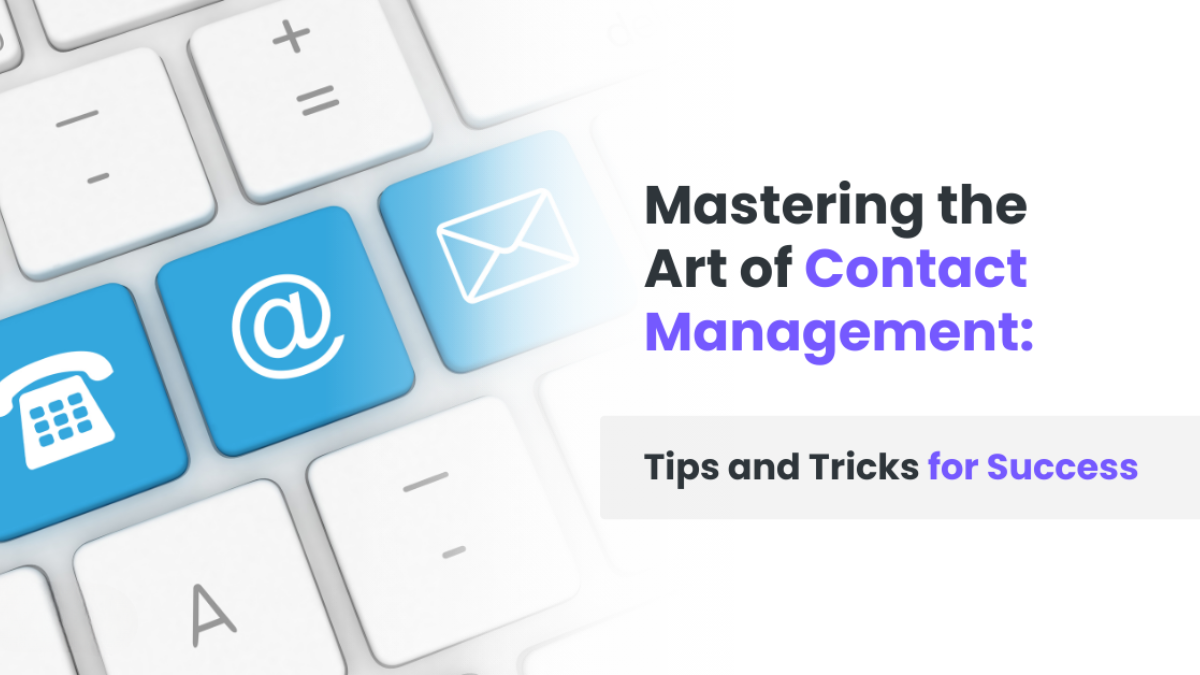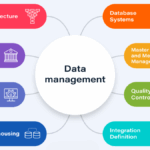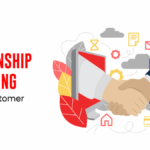Introduction
In today’s fast-paced digital economy, managing business contacts has evolved far beyond a simple list of names and phone numbers. Modern businesses are dealing with a growing number of customer interactions across multiple channels, making it essential to implement smart contact management strategies. Efficient contact management not only improves communication but also helps nurture leads, maintain long-term customer relationships, and drive business growth.
This article explores the most effective contact management techniques tailored for modern businesses and how adopting these strategies can enhance operational efficiency, boost sales, and improve customer satisfaction.
1. What Is Contact Management?
Contact management is the systematic process of storing, organizing, tracking, and accessing information about individuals and companies with whom a business interacts. This includes potential customers, existing clients, vendors, partners, and even internal team members.
Modern contact management systems do more than store contact details—they provide context, track interactions, and enable personalized engagement through data-driven insights.
2. Why Smart Contact Management Matters
a) Improves Customer Relationships
By keeping a detailed history of interactions, businesses can personalize conversations, remember preferences, and build stronger relationships.
b) Enhances Team Collaboration
When contact data is centralized, all departments—from sales and marketing to customer support—can access and update it, ensuring a consistent experience.
c) Increases Efficiency
Smart systems reduce time spent searching for information, streamline communication workflows, and minimize data duplication.
d) Boosts Sales and Retention
Understanding customer behavior and history helps businesses identify opportunities for follow-ups, upselling, or cross-selling.
3. Key Features of Effective Contact Management
Smart contact management systems usually include the following features:
- Centralized Database: A single source of truth for all contact information.
- Interaction History: Logs of emails, calls, meetings, and notes.
- Segmentation Tools: Ability to group contacts by behavior, interest, location, or stage in the sales funnel.
- Reminders and Tasks: Alerts for follow-ups, meetings, or important dates.
- Custom Fields: Flexibility to store data relevant to your specific business needs.
- Integration Capabilities: Sync with emails, calendars, and other business tools.
4. Smart Contact Management Techniques
a) Centralize All Contact Information
Use one centralized platform where all team members can access, add, and update contact data. Avoid using scattered spreadsheets, notepads, or siloed software. A unified system ensures data consistency and reduces information gaps.
b) Maintain Clean and Updated Data
Regularly audit your contact database to eliminate duplicates, outdated information, and incorrect entries. Clean data enhances decision-making and ensures you’re targeting the right people.
c) Use Tags and Segmentation
Group contacts using tags or filters based on categories like industry, purchase history, interaction type, or lead status. Segmentation helps in sending targeted messages and improves campaign effectiveness.
d) Track Interaction History
Record every interaction with each contact—emails, phone calls, meetings, and follow-ups. This history provides context, improves continuity, and helps tailor communication to each contact’s journey.
e) Automate Reminders and Tasks
Set automated reminders for follow-ups, birthdays, contract renewals, or meetings. This ensures no opportunity is missed and helps maintain regular communication.
f) Incorporate Notes and Insights
Encourage team members to log relevant notes after every interaction. Small details like preferences, concerns, or objections can be crucial in future dealings.
g) Prioritize High-Value Contacts
Use lead scoring or tags to identify contacts that are more likely to convert or bring long-term value. Focus efforts on these individuals to maximize ROI.
h) Sync with Communication Channels
Ensure your contact management system is integrated with email platforms, calendars, and calling tools. This saves time and automatically logs important communication.
i) Protect and Secure Contact Data
Apply role-based access, encrypt sensitive data, and comply with data protection laws. Secure contact management builds trust and prevents data breaches.
j) Enable Mobile Access
Make sure your team can access and update contact information on-the-go. This is especially useful for sales or support teams working in the field.
5. Benefits of Smart Contact Management
Smart contact management delivers benefits across various functions in your business:
- Sales: Faster response times, personalized pitches, better pipeline visibility.
- Marketing: Accurate segmentation, targeted campaigns, improved engagement.
- Customer Support: Quick access to client history, faster issue resolution.
- Management: Better reporting, informed decisions, stronger strategy planning.
It enables businesses to be proactive rather than reactive in their approach to customer engagement.
6. Common Mistakes to Avoid
a) Using Outdated Tools
Spreadsheets and manual logs are no longer sufficient. Upgrade to systems that offer automation, integration, and scalability.
b) Lack of Team Training
Even the best tools are ineffective if not used properly. Ensure all users are trained and follow standardized data entry practices.
c) Inconsistent Data Entry
Ensure that contact information is entered uniformly—such as using the same date format, phone number structure, and title conventions.
d) Neglecting Data Privacy
Always follow data protection regulations. Collect only what you need and ensure users know how their data is stored and used.
7. Steps to Implement Smart Contact Management
- Assess Current Systems: Review how you currently manage contact information and identify gaps.
- Define Your Goals: What do you want to achieve—better outreach, more conversions, improved retention?
- Choose the Right Tool: Select a system that matches your business size, industry, and team needs.
- Standardize Processes: Create rules for data entry, tagging, and follow-ups.
- Import and Clean Data: Migrate existing contact data, remove duplicates, and fill in missing information.
- Train Your Team: Provide training on using the tool and best practices.
- Monitor and Improve: Use feedback and reporting tools to optimize your contact management strategy continuously.
Conclusion
Smart contact management is no longer just a helpful tool—it’s a necessity for modern businesses aiming to stay competitive and customer-focused. When done right, it can enhance every stage of the customer journey, from initial outreach to post-sale support. By adopting centralized, intelligent, and automated contact management techniques, businesses can build stronger relationships, close more deals, and operate more efficiently.
Whether you’re a small startup or a growing enterprise, investing in smart contact management today will pay dividends in customer loyalty, team productivity, and long-term success.
Frequently Asked Questions (FAQs)
Q1: What’s the difference between contact management and customer relationship management?
A: Contact management focuses on storing and organizing contact details, while customer relationship management (CRM) includes broader tools for sales, marketing, and customer service.
Q2: How often should I clean my contact database?
A: At least once every quarter. Regular cleaning helps maintain accuracy and remove outdated or irrelevant contacts.
Q3: Can small businesses benefit from contact management systems?
A: Yes. Even small teams can improve communication, save time, and scale operations by adopting simple and cost-effective contact management practices.
Q4: How do I keep contact data secure?
A: Use role-based access controls, enable data encryption, and ensure regular system updates to prevent breaches and maintain compliance.
Q5: What’s the best way to segment contacts?
A: Segment based on factors like industry, location, engagement level, product interest, or sales funnel stage for more effective targeting.



